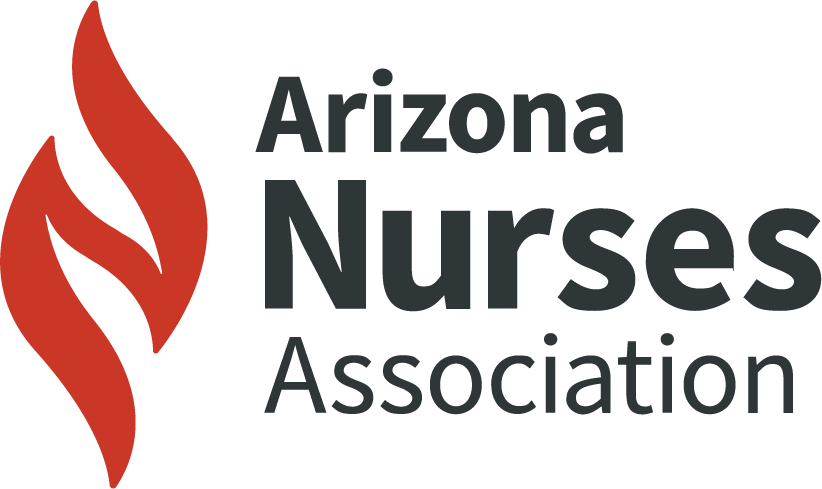Meeting the Diverse Needs of Our Growing Study Body Through an Innovative Direct Care, Population-focused Graduate-Level Practicum Course
ABSTRACT
The 2021 American Association of Colleges of Nursing (AACN) Essentials revision emphasizes the need for advanced-level nursing education programs to provide direct care experiences in which students can demonstrate mastery of Level 2 sub-competencies. These practice experiences are vital to enable students to participate in real-world experiences in which they can test innovative solutions to clinical issues to help improve health outcomes for patients (American Association of Colleges of Nursing (AACN), 2021). Population health is a domain essential to nursing practice. It spans the healthcare continuum from public health prevention to disease management of populations and describes collaborative activities with both traditional and non-traditional partnerships from affected communities, public health, industry, academic, local government entities, and others for the improvement of equitable population health outcomes (Kindig & Stoddart, 2003; Kindig, 2007; Swartout & Bishop, 2017; CDC, 2020 as cited by AACN, 2021). Recently. there has been an emphasis on the need for healthcare practitioners to not only understand the impact of the social determinants of health on patient outcomes but to proactively act to implement novel upstream interventions that will improve health equity (Distelborst, Graor, & Hansen, 2021). Therefore, we designed our practicum to ensure our students will have this expertise at graduation (Distelborst, Graor, & Hansen, 2021). We provide an overview of our direct care, population-focused graduate-level practicum course, our hands-on, student-centered practicum placement approach, and how we have been able to successfully meet the needs of our growing student body, placing students in diverse settings across the country.
